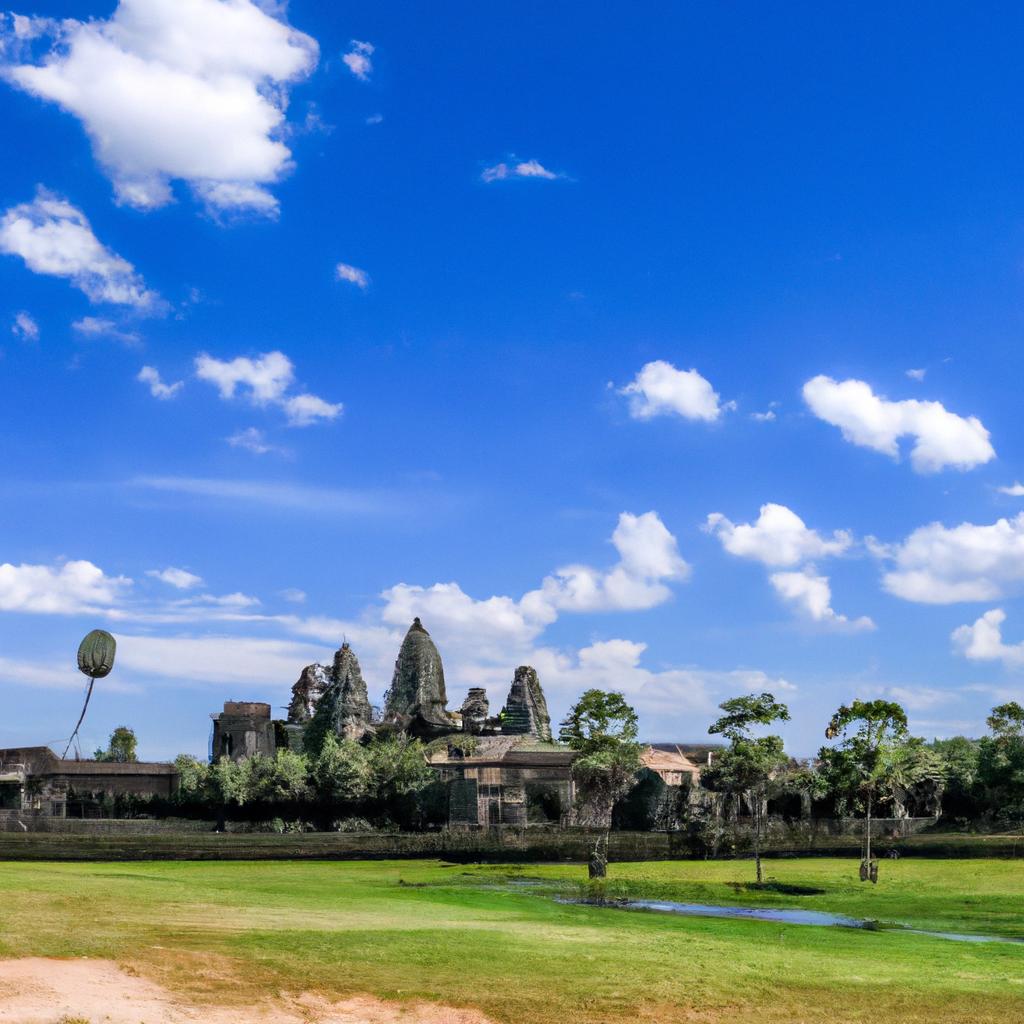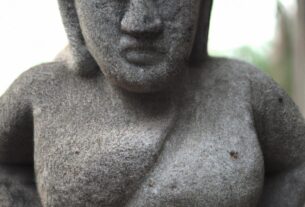If you’re seeking a travel destination that offers an unparalleled fusion of history, culture, and natural beauty, Angkor Wat in Cambodia is the ideal choice. This UNESCO World Heritage Site is a magnet for millions of tourists each year, making it one of Southeast Asia’s most visited spots. Angkor Wat, a breathtaking temple complex dating back to the 12th century, stands as one of the world’s most significant archaeological sites.
Historical Significance: A Journey Through Time
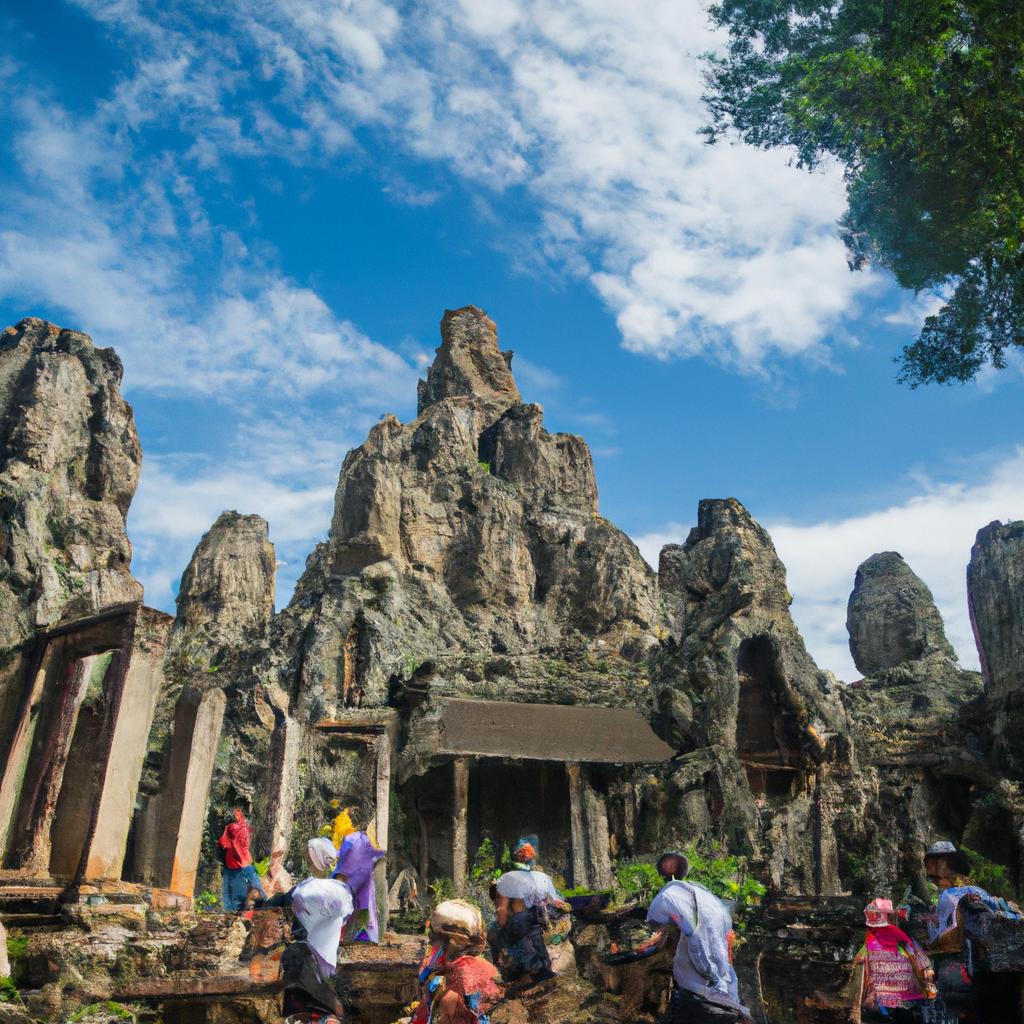
Tourists exploring the ancient Bayon Temple
Angkor Wat emerged during the Khmer Empire’s reign over Cambodia from the 9th to the 15th century. Initially built as a Hindu temple dedicated to the god Vishnu, it later transformed into a Buddhist temple in the 14th century. Encompassing over 400 acres, the temple complex showcases intricate carvings, awe-inspiring architecture, and enchanting gardens.
Serving as the capital of the Khmer Empire, Angkor Wat housed over a million people at its peak. Abandoned in the 15th century after the empire’s decline, the site was swallowed by the jungle until its rediscovery by French explorers in the 19th century. Restoration efforts commenced in the early 20th century, and today, Angkor Wat stands as a symbol of Cambodian culture and heritage. In fact, it was named the world’s best tourist attraction by Lonely Planet in 2015.
Exploring Angkor Wat: A Journey of a Lifetime
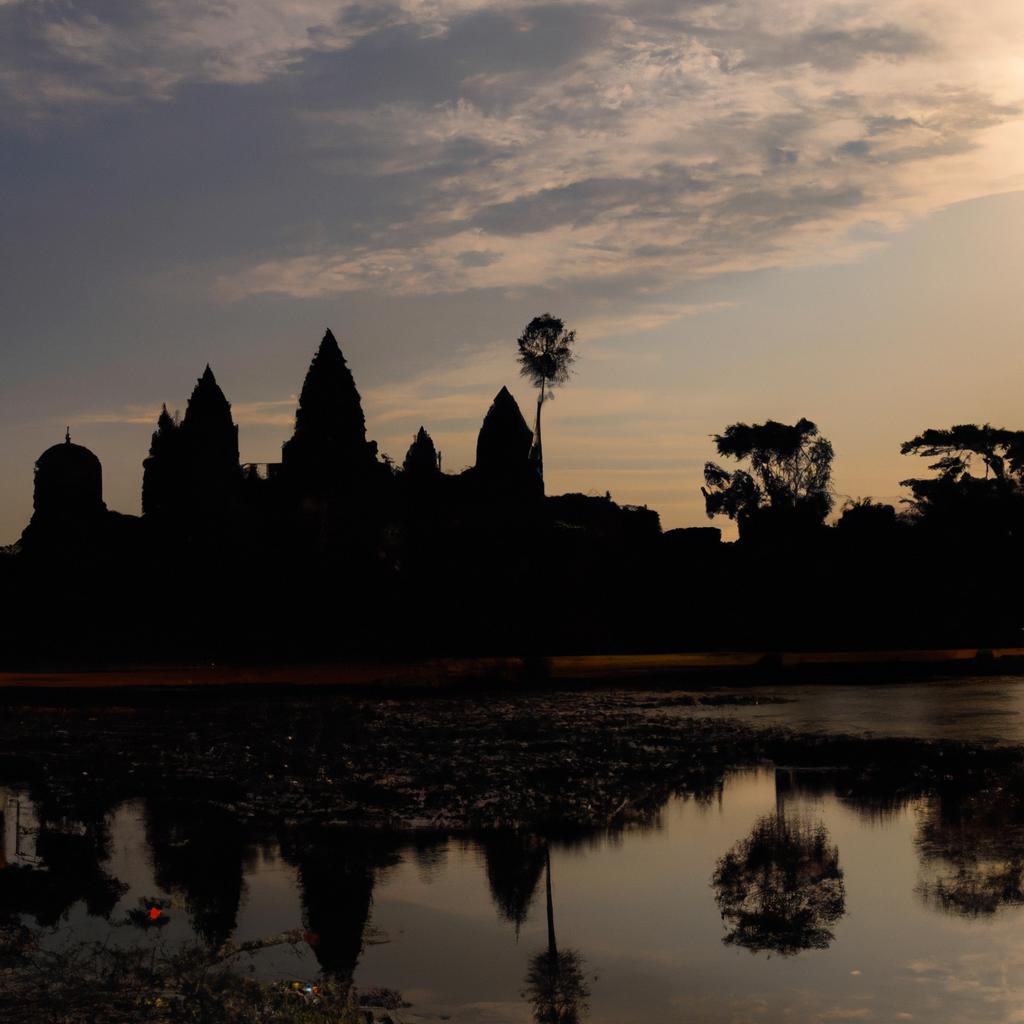
The breathtaking sunrise over Angkor Wat temple
Embarking on a trip to Angkor Wat promises an unforgettable experience, but it requires proper planning. The best time to visit is from November to February when the weather is milder and drier. Dress comfortably and wear suitable shoes, as exploring the vast temple complex involves quite a bit of walking. Additionally, remember to bring sunscreen and stay hydrated with plenty of water.
To explore Angkor Wat, be sure to purchase an admission ticket. The options include a one-day pass for $37, a three-day pass for $62, or a seven-day pass for $72. As the complex is vast, it’s wise to plan your visit in advance to maximize your time. Don’t miss the iconic main temple, the Bayon temple with its captivating Buddha faces, and the Ta Prohm temple, famous for its appearance in the movie Tomb Raider.
When visiting Angkor Wat, it’s crucial to show respect for the site and its history. Dress appropriately and refrain from touching or climbing on the temple structures. Moreover, appreciate the local culture and customs, as Cambodian people are renowned for their warm hospitality. Embrace politeness and friendliness to reciprocate their kindness.
The Best Time to Visit Angkor Wat
The peak time to visit Angkor Wat is during the dry season, from November to February. The cooler temperatures and reduced rainfall make exploring the temple complex much more comfortable. Alternatively, the shoulder seasons of March to May and September to October offer smaller crowds and relatively dry weather.
Tips for Exploring the Temple Complex
Exploring Angkor Wat can be overwhelming, so here are some helpful tips to enhance your experience:
- Start early: Arrive at Angkor Wat by 5 am to avoid crowds and beat the heat.
- Hire a guide: Enrich your visit with a knowledgeable guide who can provide historical insights and help you navigate the site.
- Bring snacks and water: While food and drink vendors are available, bringing your own snacks and water is advisable.
- Wear comfortable shoes: Prepare for extensive walking by wearing comfortable footwear.
- Be respectful: Respect the site’s significance by refraining from touching or climbing on the temple structures. Furthermore, embrace the local culture and customs.
Must-See Attractions in Angkor Wat
Angkor Wat’s grandeur extends beyond the main temple. Don’t miss these must-see attractions:
- Angkor Wat temple: The iconic centerpiece of the complex, recognized worldwide for its architectural splendor.
- Bayon temple: Known for its multitude of towers adorned with Buddha faces, it offers a marvelously spiritual experience.
- Ta Prohm temple: Famously featured in Tomb Raider, this temple has been reclaimed by nature, with overgrown trees and vines intertwining with its structures.
Other Attractions in Cambodia
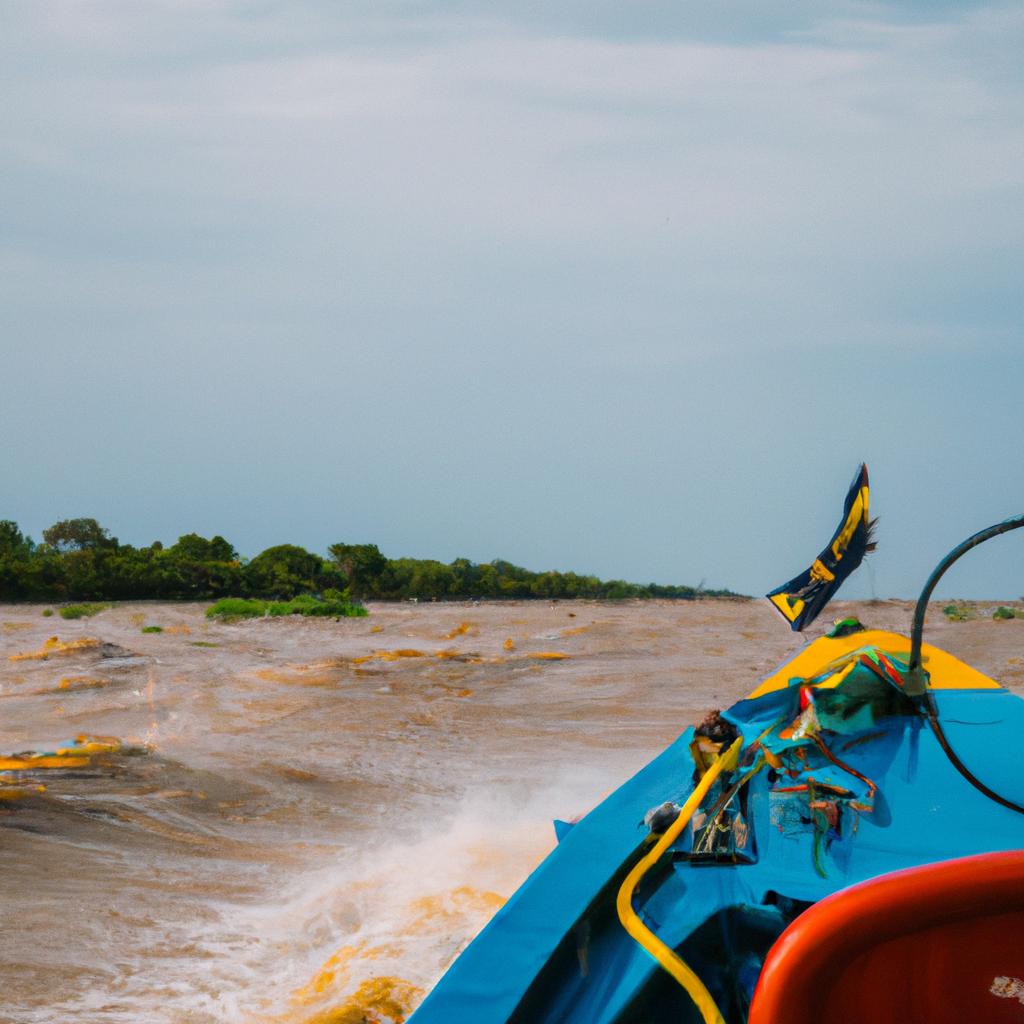
Boat ride on Tonle Sap lake, the largest lake in Southeast Asia
Cambodia boasts numerous attractions beyond Angkor Wat. Consider exploring these popular destinations:
Other Popular Destinations in Cambodia
- Phnom Penh: The bustling capital city boasts cultural gems like the Royal Palace and the National Museum of Cambodia.
- Siem Reap: The gateway to Angkor Wat offers cultural and historical sites such as the Angkor National Museum and the Cambodia Landmine Museum.
- Sihanoukville: This coastal city is adored for its beautiful beaches, making it a favorite among sun-seekers.
Natural Wonders and Cultural Sites
Cambodia boasts an abundance of natural wonders and cultural sites that deserve exploration, including:
- Koh Ker temple: Nestled in the jungle, this remote temple complex showcases stunning architecture and intricate carvings.
- Bokor National Park: Home to rare plant and animal species, this national park features hiking trails and captivating waterfalls.
- Tonle Sap Lake: The largest lake in Southeast Asia, it is dotted with floating villages and fish farms, offering a unique glimpse into local life.
Activities and Experiences for Travelers
Cambodia provides a wealth of activities and experiences to enrich your journey, such as:
- Indulging in Cambodian cuisine: Delight your taste buds with the unique flavors and spices of local Cambodian dishes.
- Exploring local markets: Uncover one-of-a-kind handicrafts and souvenirs in the vibrant local markets.
- Embracing a homestay: Immerse yourself in Cambodian culture and hospitality by participating in a homestay experience.
Accommodations and Transportation
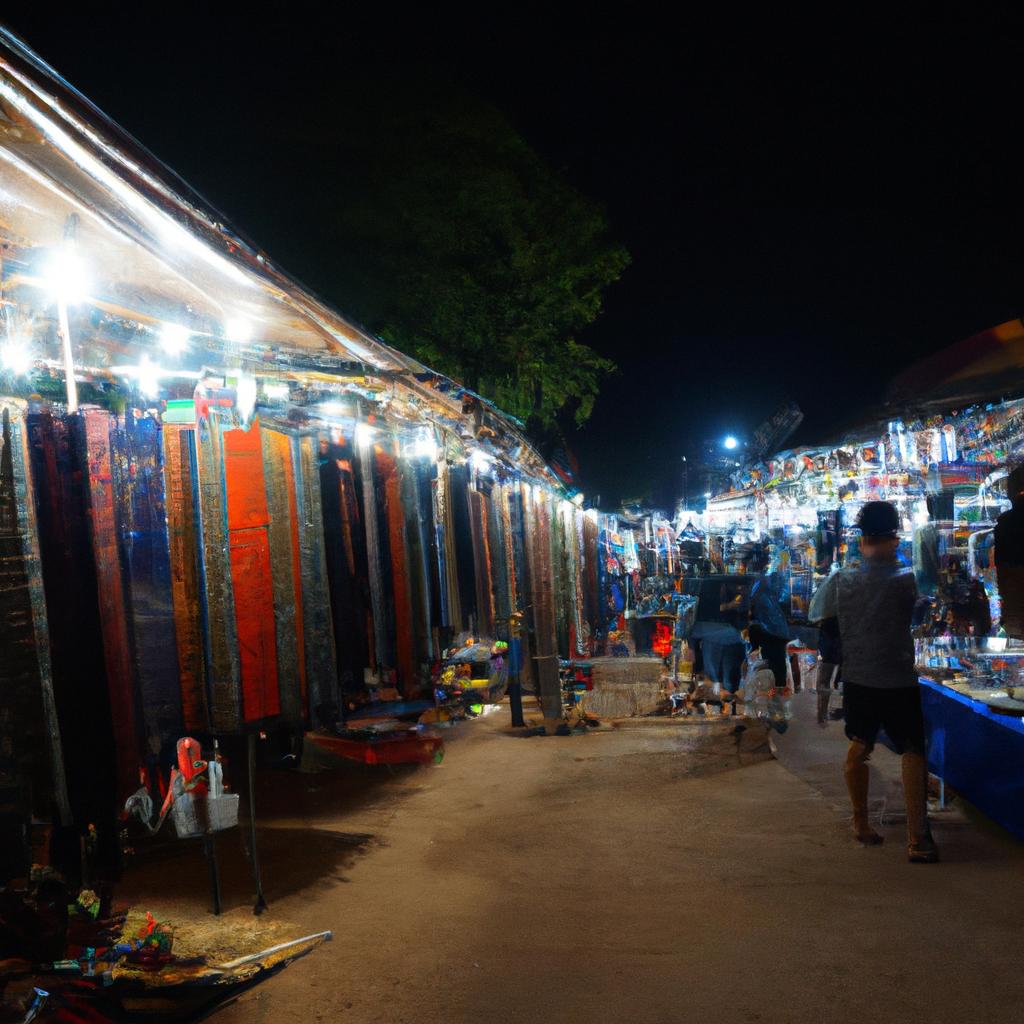
The vibrant Siem Reap night market
Cambodia offers a wide range of accommodations, catering to every budget. In Siem Reap, the city closest to Angkor Wat, you’ll find hotels and guesthouses that suit all preferences. For a more immersive experience, consider a traditional Khmer homestay or a stay in a floating village on Tonle Sap Lake.
Transportation in Cambodia is both accessible and affordable. Buses are the most popular mode of intercity travel, with several companies offering daily services. Taxis and tuk-tuks are convenient options for shorter distances. If you desire an elevated experience, you can even rent a private car with a driver. However, it’s worth noting that traffic in Cambodia can be chaotic, so it is advisable to hire a driver or join a guided tour if you’re not comfortable driving yourself.
Conclusion
In conclusion, a journey to Angkor Wat in Cambodia promises an unforgettable experience, weaving together history, culture, and natural splendor. This temple complex stands as a testament to Cambodian heritage and serves as an essential destination for history, architecture, and culture enthusiasts. With careful planning and respect for the site and local customs, your visit to Angkor Wat and Cambodia will be incredibly memorable and meaningful.
At TooLacks, we wholeheartedly encourage our readers to explore new cultures and venture to new destinations. Traveling allows us to broaden our horizons, learn about different ways of life, and create lasting memories. We hope this article has inspired you to plan a trip to Angkor Wat and Cambodia, where you can cultivate a deep appreciation for this exquisite country and its remarkable people.
